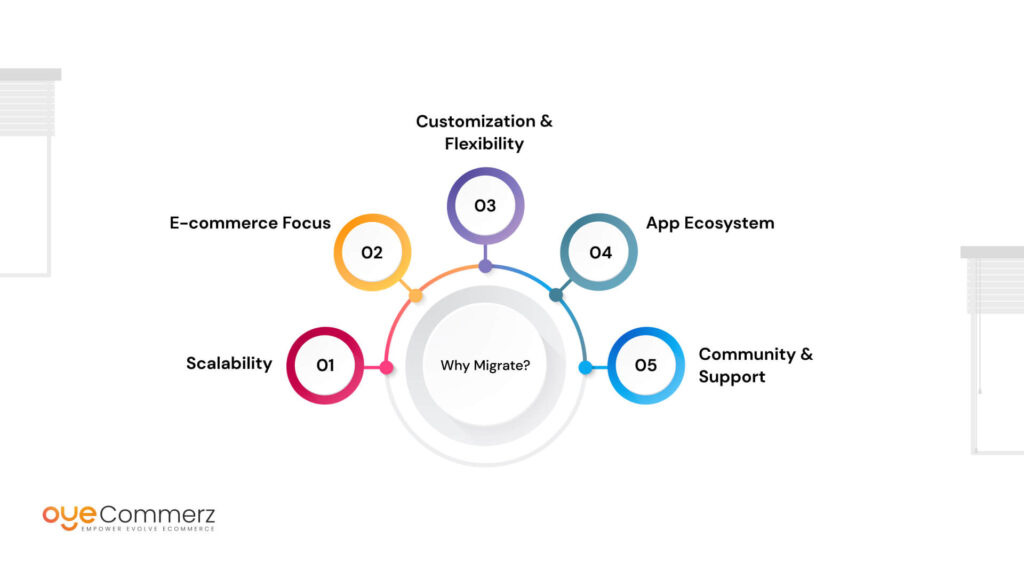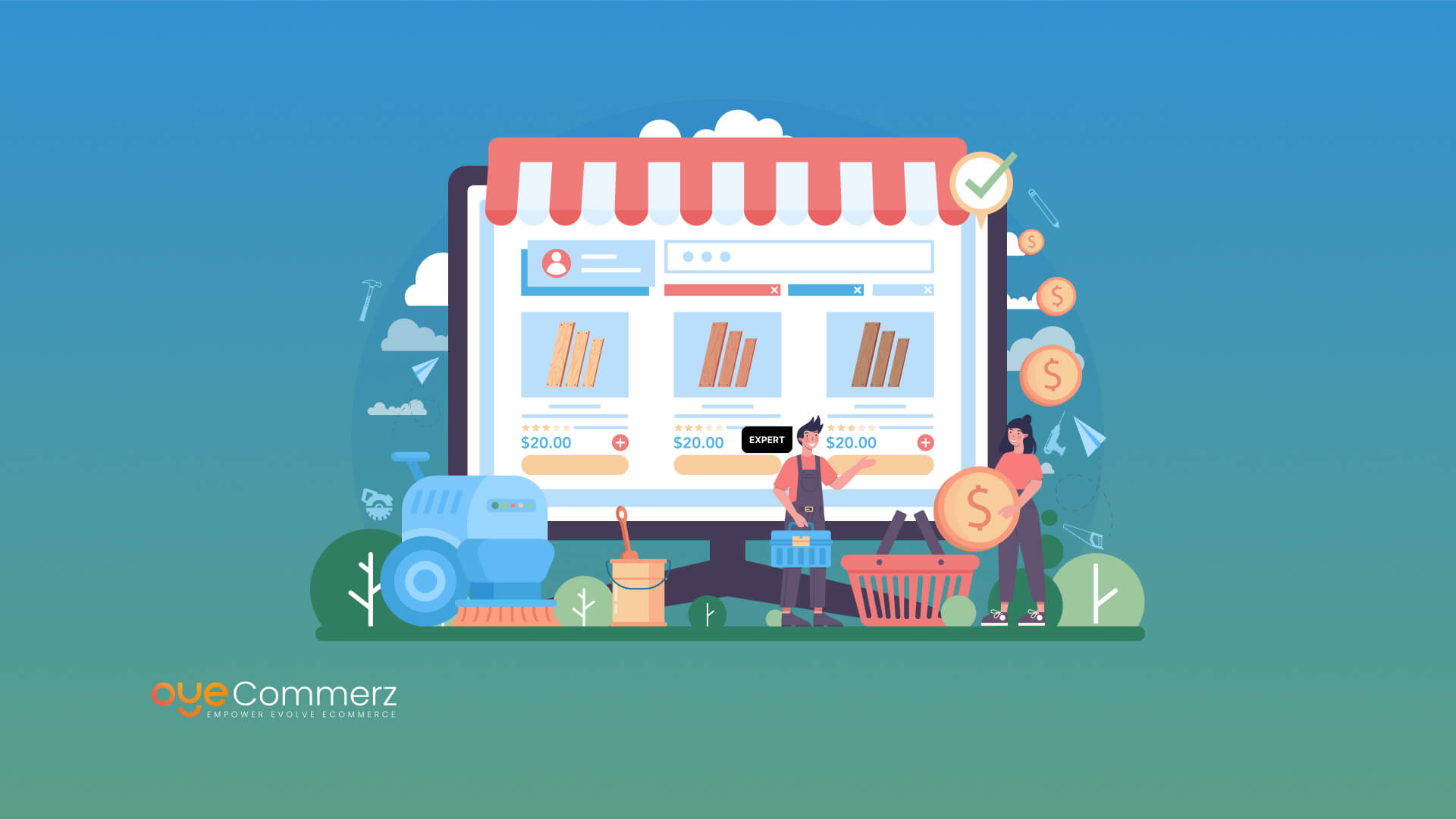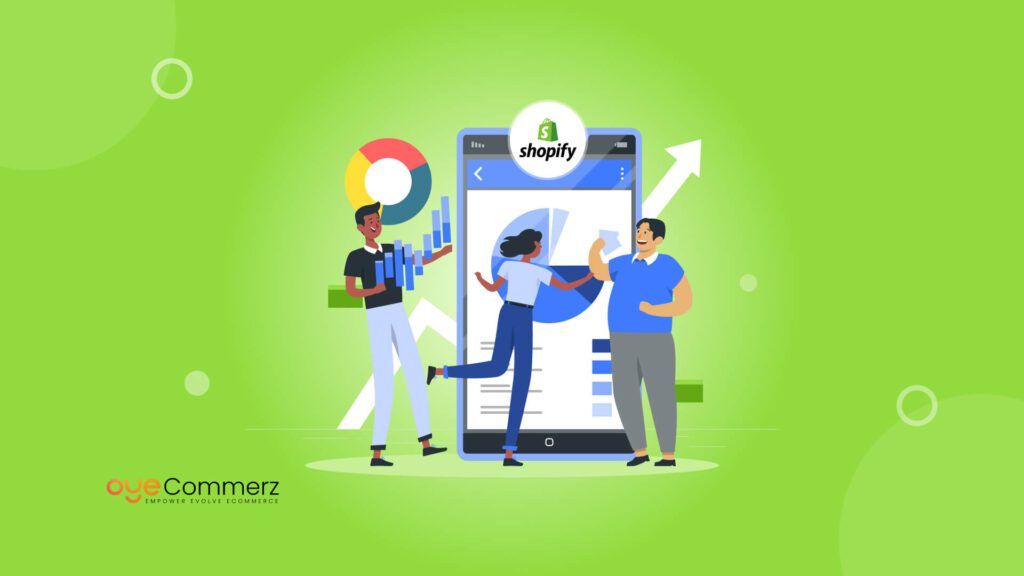Discover our specialized services for migrating from Squarespace to Shopify and partner with us to pave the way for a prosperous future for your eCommerce business. Contact us today to begin your journey!
Table of Contents
ToggleSquarespace Stats You Should Be Aware Of
Squarespace was founded in 2003 by Anthony Casalena in his dorm room. It launched in April 2004 with 478 websites created using the platform, supported by a $30,000 loan from his father. In its first year, Squarespace generated approximately $50,000 in revenue. By 2014, Squarespace had over 500,000 websites created by paying customers, coinciding with the airing of their first Super Bowl ad. In 2017, the company won an Emmy for a Super Bowl commercial. By October 2015, Squarespace surpassed 1 million websites created by paying customers, the same year their second Super Bowl ad aired.
Top Read: Tools To Automate Migration from Squarespace to Shopify
Squarespace User vs. Shopify User
It is possible to learn from the fundamental distinctions existing between Squarespace and Shopify users to make the transition process more manageable. Website builders’ users love Squarespace for aesthetically pleasing templates, simplicity of use, and the fact that it is combined with hosting services. But it well suits to content-oriented website and small web stores that do not need deep customization and, at the same time, require beautiful templates.
Shopify users, in turn, are more often motivated to create highly functional and unique e-commerce stores. As has been stated before, Shopify has been developed to cater to virtually any internet retailing requirements; from a small-scale business to a large-scale business. It provides multiple app connectors, business scalability, and infrastructure specifically designed for the e-commerce business.
While Squarespace can be extremely easy to use and a has great, attractive design, Shopify is flexible, expandable, and offers a lot of features designed specifically for e-commerce. These differences will assist you in changing your management style to suit the performance of functionality of Shopify.
What Makes People Migrate from Squarespace to Shopify?

What Makes People Migrate from Squarespace to Shopify?
The reasons for Squarespace migration to Shopify might be varied and depend on the peculiarities of the emerging e-commerce businesses. Here are some common reasons for making the switch:
- Scalability
However, as a business increases in inventory, shipping options, and other marketing tools, then Squarespace scales fairly poorly in comparison. Whereas Magento feels like it was built to be as complex as humanly possible, Shopify feels built to grow with you. It is suitable for large product inventory different sales outlets and other business complexities. - E-commerce Focus
Shopify focuses on web commerce Te, with an emphasis on clients’ convenience, providing targeted tools and options. Whether it’s about finding back the customer who left the cart half filled, having a detailed insight of the site, or being able to integrate efficient payment gateways with a single click, Shopify has everything that a serious online seller needs. - Customization and Flexibility
Squarespace has stunning designs while on the other, while Shopify has better designs but with more options. Shopify allows for the use of Liquid templating language together with various apps that enable a business to design and develop their store based on certain business needs. - App Ecosystem
Users can enhance their store capabilities through app installations as Shopify has a huge array of applications. If you require complex SEO tools, email marketing platforms, or inventory management systems, you will find an app on Shopify’s App Store. - Community and Support
Shopify is popular and has thousands of users, most of which are very active; There is a vast amount of information available about the platform. Freely and abundantly available from basic informational sources such as forums and tutorials to having its own customer support. It makes a lot of sense, especially if you are quite new to the platform, and do not know the ropes just yet.
Guidelines to Follow After Shopify Store Migration

1. Master the Shopify Dashboard
The first step after transferring from Squarespace is acquainting yourself with the Shopify environment and the latter is represented by the following image. It is the store’s operational headquarters where you can affect products, orders, sales information, and other things. Take some time to go through each to learn the functionality of the given section. The cabinet of settings and options is well-organized, but it feels rather overwhelmingly stuffed with controls, so the tour might be useful to memorize what is where.
2. Optimize Your Store’s Design
Although, compared to Squarespace, Shopify does not have such a great, initially appealing design it has numerous designs that are beautiful and versatile enough. Select a theme of your choice and optimize it with the help of Shopify editor tools. If you require further specific personalizations, then you might consult with a Shopify specialist who will help you employ Shopify’s Liquid syntax for customization of your site’s aesthetics.
3. Leverage Shopify Apps
Shopify’s most important strength is, it will have app store of its own of more than 1000 apps. Any of these apps can improve the features of your store in terms of SEO, email marketing, order and inventory management, and customer support. Some particular applications for your store can range from Klaviyo for emails, Oberlo for drop shipping, and Yotpo for reviews.
4. Focus on SEO
Organic traffic is the key traffic source that needs to be addressed with proper SEO techniques for your store. Shopify is a platform that possesses excessive potential for SEO, but at the same time, it is crucial to understand how to configure it correctly. Optimize it by including keyword in the product descriptions, use the image alt tags, and make your URLs as appropriate. It is recommended to use apps such as Plug-in SEO for the site audit and for getting suggestions for improvement.
5. Utilize Shopify Analytics
Knowing your store’s performance is very essential for the business person to come up with right decisions to take. It should be noted that Shopify has in-built tools for analysis: you can easily see your sales and your customer behavior or website traffic. While evaluating the effectiveness of your marketing strategies, you should also go through these reports frequently, as they can help you find patterns and follow your store’s development.
6. Streamline Order Fulfillment
Another requirement is order fulfillment as a key to the success of business relations with customers. A number of different shipping and fulfillment providers can easily be linked to Shopify and pretty much everything is done for you. Establish automated shipping rules, use the barcodes for inventory tracking, and others, such as ShipStation, for a quicker delivery tracking experience.
7. Enhance Customer Experience
Another area important for customer retention and ultimately brand loyalty, which Shopify provides a lot of features for, is customer experience. Offer your customers live chat, email marketing with special offers, and loyalty programs. Apps like Smile. can; introducing loyalty rewards on the I for io and using the Tidio tool for adding live chat for customers may be useful.
8. Manage Inventory Effectively
Effective stock control indicates that you do not lack stock for certain products as well as do not have excess products. If you are looking for inventory management solutions, Shopify comes with features to track inventory, set up low inventory notifications, and more, for managing multiple locations. As for the apps to focus on, it is Stocky for the powerful tools for inventory tracking and even prediction.
9. Optimize for Mobile
There is a large flow of targeted visitors through mobile devices, thus, the responsibility of your store is obligatory. Shopify themes are responsive, but you need to page your site with different devices and see how it works. Make images optimal for mobile, make site navigation easier on a mobile device, and make checkout much more convenient.
10. Implement Robust Security Measures
Security plays a central role in e-commerce. While Shopify includes SSL encryption for your store, it is needed to do more and safeguard your data, and your customers’ data. Make sure two-factor authentication is on, change your passwords frequently, and use additional protection apps such as Rewind and Fraud Filter for backup and protection from fraudulent transactions.
11. Leverage on the Multiple Channel Feature in Shopify
Some of the outlets where you can sell using Shopify include Facebook and Instagram, amazon, eBay, and physical outlets using Shopify POS. When these channels are incorporated together, they assist in reaching more people and in turn boost sales. Open each of them from the Shopify control panel and make sure all products are published there.
12. Continue to follow Shopify’s Guidelines
Shopify is one of the most dynamic platforms out there and new features and changes are introduced from time to time. Thus, subscribe to the blog of Shopify, observe forums, and get engaged in webinars and events. It is correct that continuous learning will assist you in applying new tools and strategies to enhance the competitiveness of your store.
13. Customize Checkout Process
The general shopping process cannot be complete without the checkout process as it is one of the main steps of customers’ purchases’ making. On the platform, customers are able to configure the checkout process hence helping to minimize cart abandonment rate. Minimize the number of processes, provide available options for payment as well, and allow guests to order as much as possible.
14. Automate Where Possible
Automation means that you will only require less time to arrange for your Shopify store while at the same time eliminating the possibility of making a lot of mistakes. If you have not done so already, they begin incorporating Shopify Flow and automate things like updating inventory, segmenting customers, and marketing. Automation saves your time performing a set of tasks and allows to concentrate on the essential elements of your business.
15. Establish a good brand image
Brand development for the long haul is critical, itself. Fashion your website and social media platforms and your marketing message in one consistent voice using the Shopify tools. Ensure visibility with relation to logos, colors, and messages to mirror the brand.
Also Read: How to Create a Migration Timeline for Moving from Squarespace to Shopify
Migrate Your E-Commerce Store Now with OyeCommerz!
At OyeCommerz, we focus on providing bespoke eCommerce migration solutions tailored to the specific needs of your industry. Our skilled team is committed to ensuring a seamless transition with minimal disruptions, prioritizing the enhancement of your online presence throughout the process.
Contact to Migrate your Site to Shopify Now
Conclusion
It may be quite beneficial to switch from Squarespace to Shopify because of the extensive opportunities that this platform offers concerning e-commerce. Despite the distinctions, it is critical to be aware of these variations and use Shopify’s robust tools to efficiently govern the new store. With the knowledge of the Shopify control panel, already a great design of the store at the initial stage, the use of applications, focusing on SEO, and improving customer service, it is quite possible to create a successful e-commerce business on the Shopify platform.
As with any change, the healing process within organizations and across teams depends on the ability to learn and adapt to the new solution with the new platform. Here are some general and specific tips and strategies to help you effectively lead your




